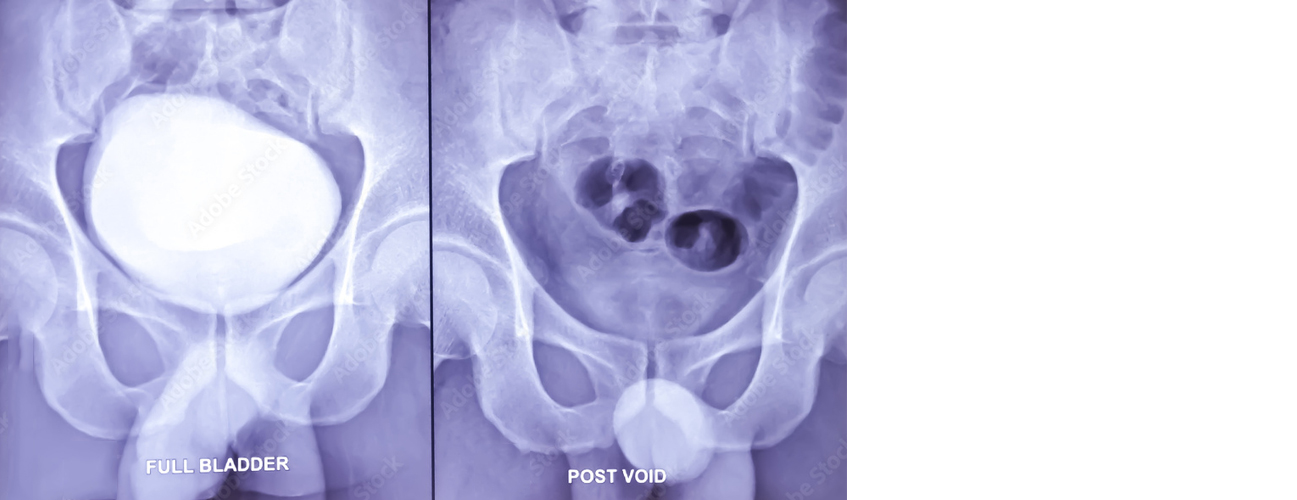Services
- Home
- Diagnostic Procedures

MCU-RGU
MCU (Micturating Cystourethrogram) and RGU (Retrograde Urethrogram) are diagnostic imaging procedures used to assess the structure and function of the urinary tract, specifically the urethra and bladder. These tests are particularly useful in evaluating patients with suspected urinary tract abnormalities, trauma, obstructions, or recurrent infections.
MCU (Micturating Cystourethrogram): This procedure involves taking a series of X-ray images while the patient urinates. A contrast dye is inserted into the bladder through a catheter, and as the patient voids, X-ray images capture the flow of urine from the bladder through the urethra. MCU helps detect abnormalities such as vesicoureteral reflux (where urine flows backward from the bladder into the ureters), bladder or urethral abnormalities, strictures, or obstructions. It's commonly used in children with recurrent UTIs or congenital abnormalities.
RGU (Retrograde Urethrogram): RGU is used to visualize the male urethra. A contrast dye is gently introduced into the urethra, and X-ray images are taken as it flows upward toward the bladder. This test is valuable for identifying urethral strictures, trauma, or other structural abnormalities. RGU is often used in trauma cases or for patients with a history of difficulty urinating.
Both MCU and RGU play crucial roles in diagnosing and planning treatment for urinary tract conditions, providing detailed insights into structural and functional issues.
